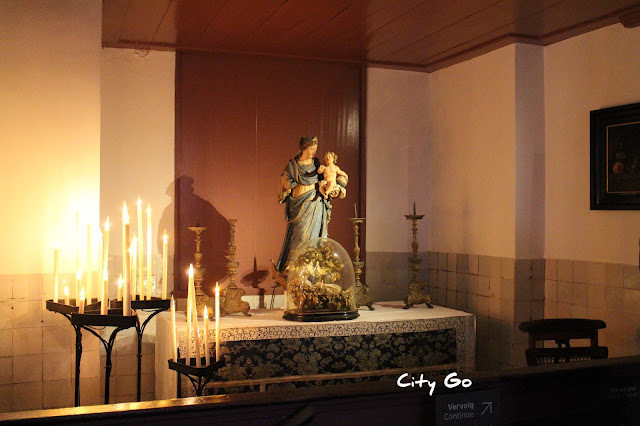Braga's Cathedral, Braga, Portugal

Braga's Cathedral was built on top of a Roman market or Roman temple dedicated to Isis. Braga's role as the centre of Christianisation of Gaellecia (northwestern Iberia) dates back to the 3rd century AD, making it the oldest diocese in Portugal. With the barbaric invasions, Braga becomes the capital of the Suebi kingdom, which was converted to Christianity by Bishop Martin of Dumio in the 6th century AD. The importance of Braga diminished in the following centuries and, with the Moorish occupation, it lost its bishop seat. The bishopric of Braga was restored in 1070 and a Cathedral started being built in the same year. It was consecrated in 1089 but construction lasted until the 13th century. It is the oldest cathedral in Portugal and the burial place of the parents of the first king of Portugal. Opening hours: Mon. to Sun. 8.30 to 18.30; Treasury: Tue. to Sun. 9 to 12.30 and 14.30 to 17.30 (18.30 in Summer) Entrance fee: (Cathedral+ Treasury) €4 Back to Braga...



